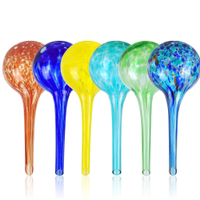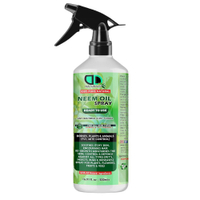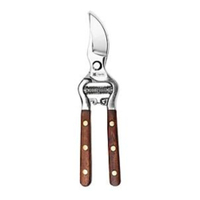Why is my aloe vera plant turning brown? Plant experts weigh in
Experts have revealed all the different reasons your aloe vera plant might be looking worse for wear
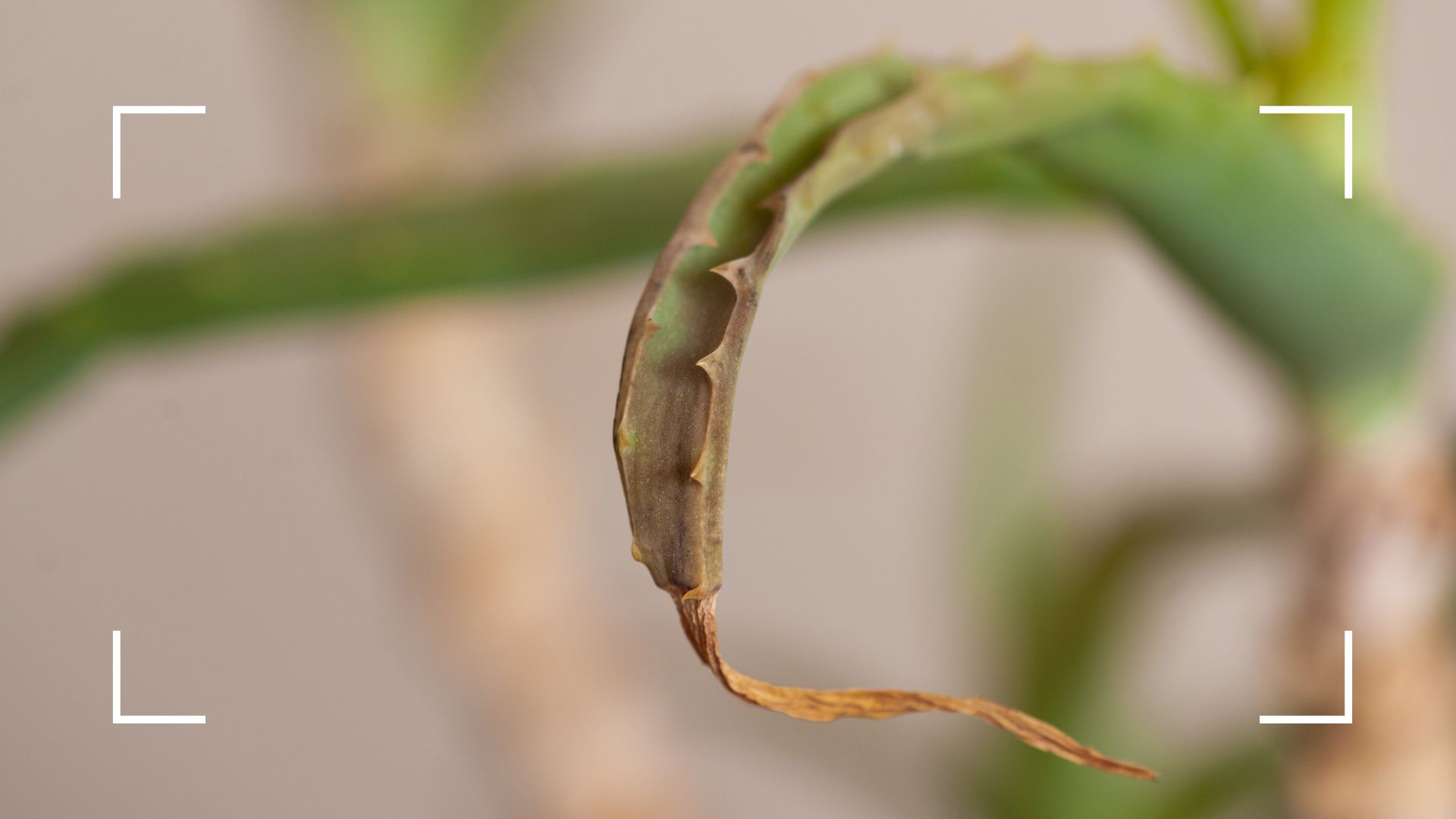

There's nothing more heartbreaking than seeing your beloved aloe vera plant start to brown and wither when you've done everything you can to keep it happy. So why does this healing plant begin browning, and can you stop it?
Whether you fancy yourself a pro at looking after indoor plants or are still learning the ropes, sometimes our leafy friend decides to give up on us for seemingly no reason at all. And whilst you may have done your best plant parenting, there are easy ways to figure out what caused your plant's untimely demise.
If you've ever had to wonder why your peace lily plant is turning brown then you might be able to work out what did it for your aloe vera. But if not, then don't fret as we asked the plant experts 'why is my aloe vera plant turning brown?' so that we could find out exactly what could cause this sad sight.
Why is my aloe vera plant turning brown?
Aloe veras are known for their moisture-rich healing gel interior, so when you see them begin to brown and wither it's a surefire sign that something is seriously wrong. In the same way, monstera leaves can turn brown, there are a few reasons that your plant is unwell and luckily there are a few ways to prevent or change it.
1. Too much sun exposure
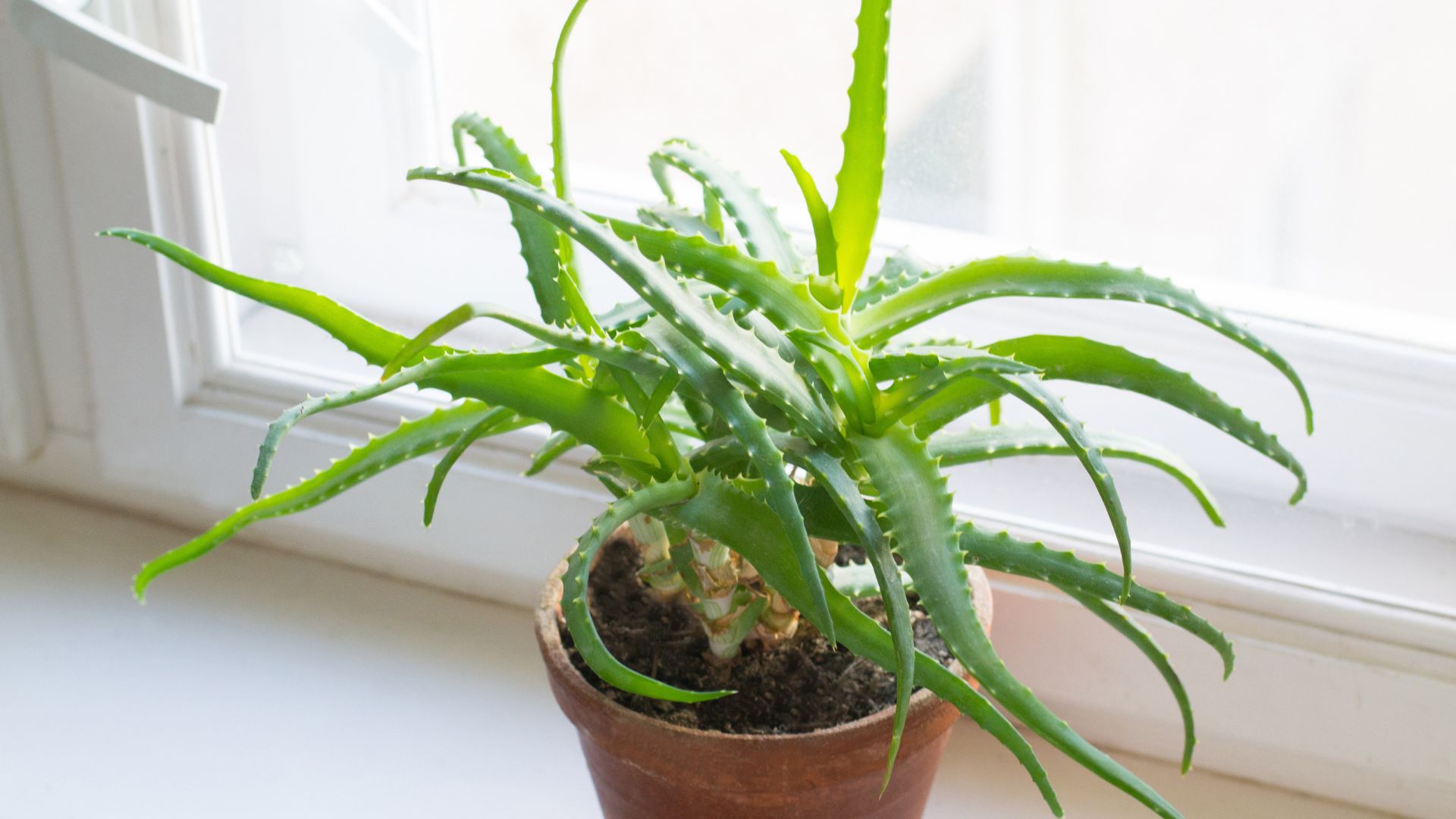
If you ask a gardening expert 'why is my aloe vera plant turning brown?' they'll always ask you whether it's in direct sunlight. One of the most common houseplant mistakes is assuming your plant needs overwhelming amounts of sunlight. Whilst it's no secret that plants need vitamin D to live and photosynthesise, there is such a thing as too much of a good thing.
Patty Willems, plant expert at sustainable plant pot company Elho, says, "Although succulents generally love sunshine, aloe vera can start to suffer if left in full sun, especially in the warmer months. The leaf tips may start to brown from too much direct sunlight. For indoor plants, aim to give them at least six hours of sun daily, ideally in a spot with indirect light."
A great place for your plant is near a window with a mesh curtain, this way your plant still receives sunlight but isn't completely sat in it all day.
Sign up for the woman&home newsletter
Sign up to our free daily email for the latest royal and entertainment news, interesting opinion, expert advice on styling and beauty trends, and no-nonsense guides to the health and wellness questions you want answered.
2. A badly matched watering routine
Knowing how often you should water your indoor plants is an extremely important step in plant care. You may think that underwatering your plant is one of the biggest risks, but in fact, overwatering can be just as fatal for your leafy friend too.
Graham Smith MCIhort, a gardening expert from LBS Horticulture says, "aloe vera plants are succulents, and they thrive in dry conditions. If you are overwatering the plant, this can cause the leaves to turn brown and wilt, and it may also lead to root rot."
Although aloe vera plants are drought resistant, Graham also explains that not watering them for long periods of time can also make the tips of the leaves brown as they begin to shrivel from the lack of moisture.
AMFUN Plant Watering Globes Stakes, £17.99 for 6 at Amazon
These attractive hand-blown colourful glass watering devices are an easy way to employ a self-watering feeding system for your indoor potted plants. Perfect to prevent overwatering your snake plant.
3. Excessive fertilisation
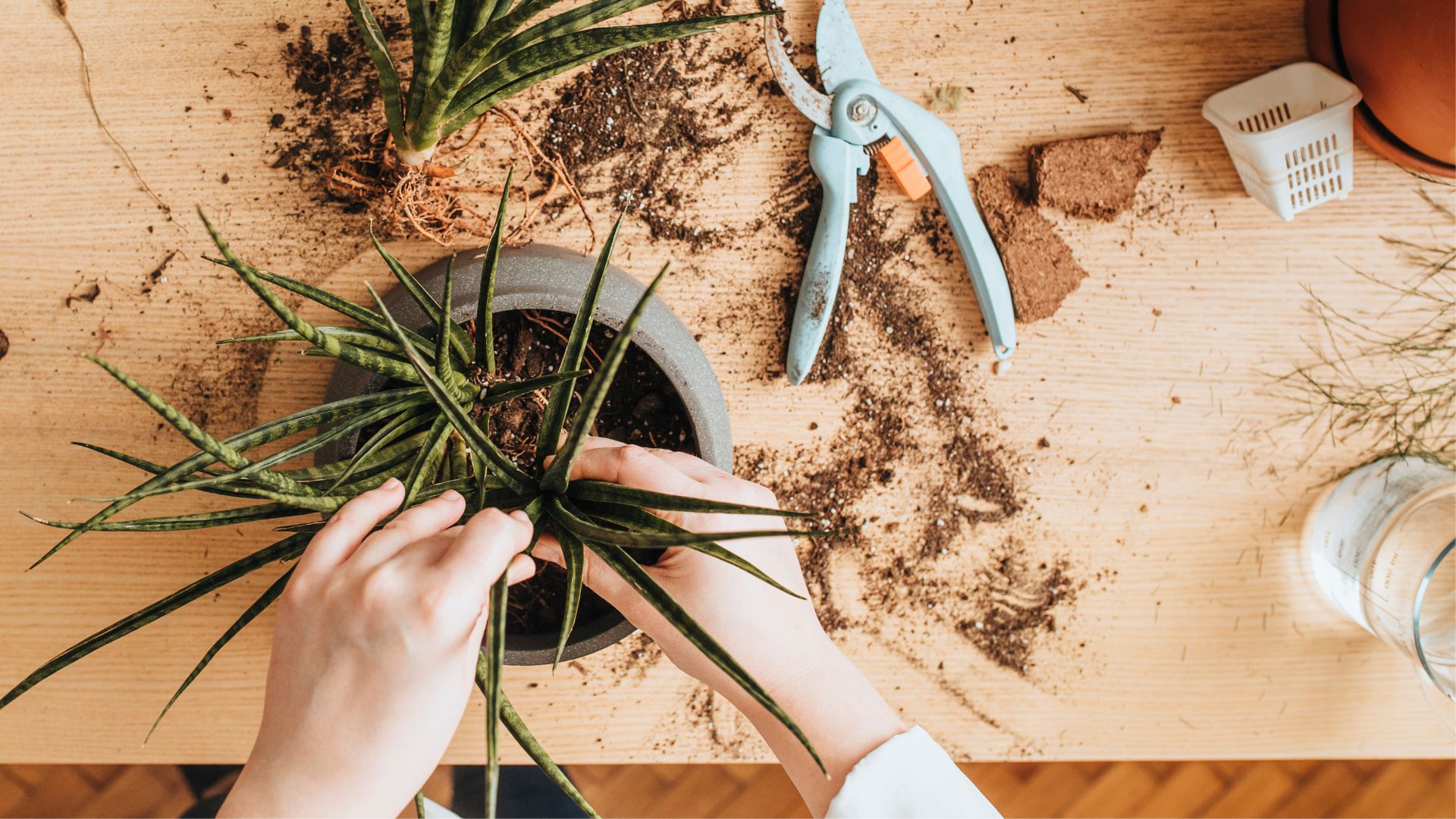
There's no denying that the tricks for natural fertilisers (using banana peels and coffee grounds in your garden) work wonders. However, when it comes to indoor plants, fertilising doesn't need to be such a priority.
"Aloe vera plants do not need a lot of nourishment, so over-fertilising can be detrimental to the plant and make the leaves go brown. Too much fertiliser may cause salt to accumulate around the plant's roots, blocking water absorption," explains Graham.
Similar to how often you should water a succulent, fertilising should be done sparingly and only when your aloe vera needs it.
4. Pests or diseases
Pests can be the reason your peace lily leaves turn yellow and why mould might grow on your plant's topsoil, so it's no surprise they can affect your aloe too.
Graham explains that pests such as scale or fungal infections can cause brown spots on the leaves of aloe vera. These spots will look differently to your plant simply withering and can be prevented with the use of the natural pesticide neem oil.
Using neem oil will stop any pests from wanting to find a home on your plant but it won't cause any unnecessary damage and is completely natural and safe to use around your home on other plant species.
DD Organic Neem Oil: £12.49 at Amazon
If you want to ensure no pests are taking over your yucca plant, try applying this natural pesticide to your plant and it should keep even the mealybugs away.
FAQs
How can you prevent an aloe vera plant from turning brown?
Knowing how to care for an aloe vera plant properly is the only way to truly prevent any browning or withering. Being able to meet the needs of your plant and ensure it doesn't fall into despair will reduce the risk of any signs of dying.
Patty says, "Preventing browning involves finding the right balance. Make sure your aloe vera gets enough light without overexposure, water it thoroughly but let the soil dry out completely between waterings and keep it in stable temperatures. Regularly check for pests and use gentle, plant-safe products when needed."
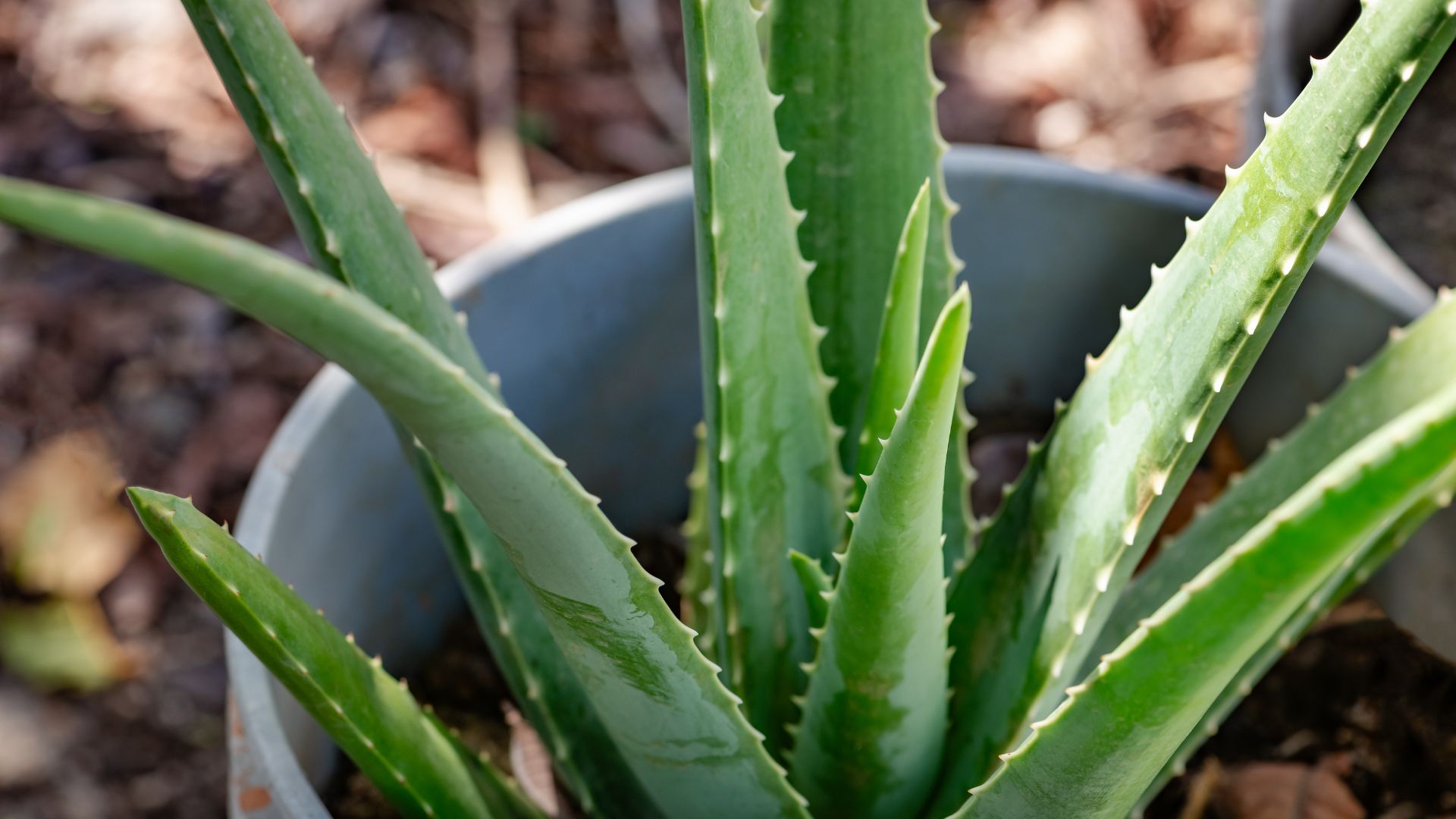
How can you reverse the browning on an aloe vera plant?
Luckily all hope is not lost once the browning begins. There are a few things you can do to stop any further damage and help your plant make a full recovery.
"If your aloe vera does start to brown, you can often mitigate the damage by trimming the affected areas, adjusting your light exposure, and fine-tuning your watering routine. Remember, once a leaf turns brown, you won’t be able to reverse it. Instead, you’ll need to remove the leaf entirely," says Patty.
Burgon & Ball National Trust Dark Wood Bypass Secateurs: £24 at B&Q
These secateurs are made with drop-forged stainless steel for strength and come with bypass action that gives precise clean cuts. The pair also arrives with a 10-year guarantee.
Is browning normal on an aloe vera plant?
Although browning can be quite panic-inducing, especially when it's on one of the best indoor plants for your health and well-being, it can be completely normal.
Patty explains that occasional browning of the tips and older leaves can be normal as part of the plant's natural ageing process, widespread or severe browning is typically a sign of stress and improper care. She says, "By understanding and addressing the underlying causes, you can keep your aloe vera plant healthy and vibrant!"
As one of the best plants to help with condensation in your home, aloe veras are a multi-faceted species that can offer you so many benefits. They're also a fantastic plant to keep nearby in the kitchen as their interior gel can quickly and efficiently help with cuts and burns.

Emily joined woman&home as a staff writer after finishing her MA in Magazine Journalism from City University in 2023. After writing various health and news content, she now specialises in lifestyle, covering unique cleaning hacks, gardening how-tos, and everything to help your houseplants thrive.
-
 Dr Amir Khan reveals the 5 symptoms you should 'never' ignore, no matter how 'vague' they are
Dr Amir Khan reveals the 5 symptoms you should 'never' ignore, no matter how 'vague' they areDr Amir Khan, a GP who often appears on ITV's Lorraine, took to Instagram this week to share the symptoms he'll always take a second look at
By Grace Walsh
-
 Head to Hobbs for holiday-ready linen and the most elegant summer dresses you’ll find on the high street
Head to Hobbs for holiday-ready linen and the most elegant summer dresses you’ll find on the high streetWondering where to shop for a chic summer wardrobe? Hobbs has you covered
By Caroline Parr
-
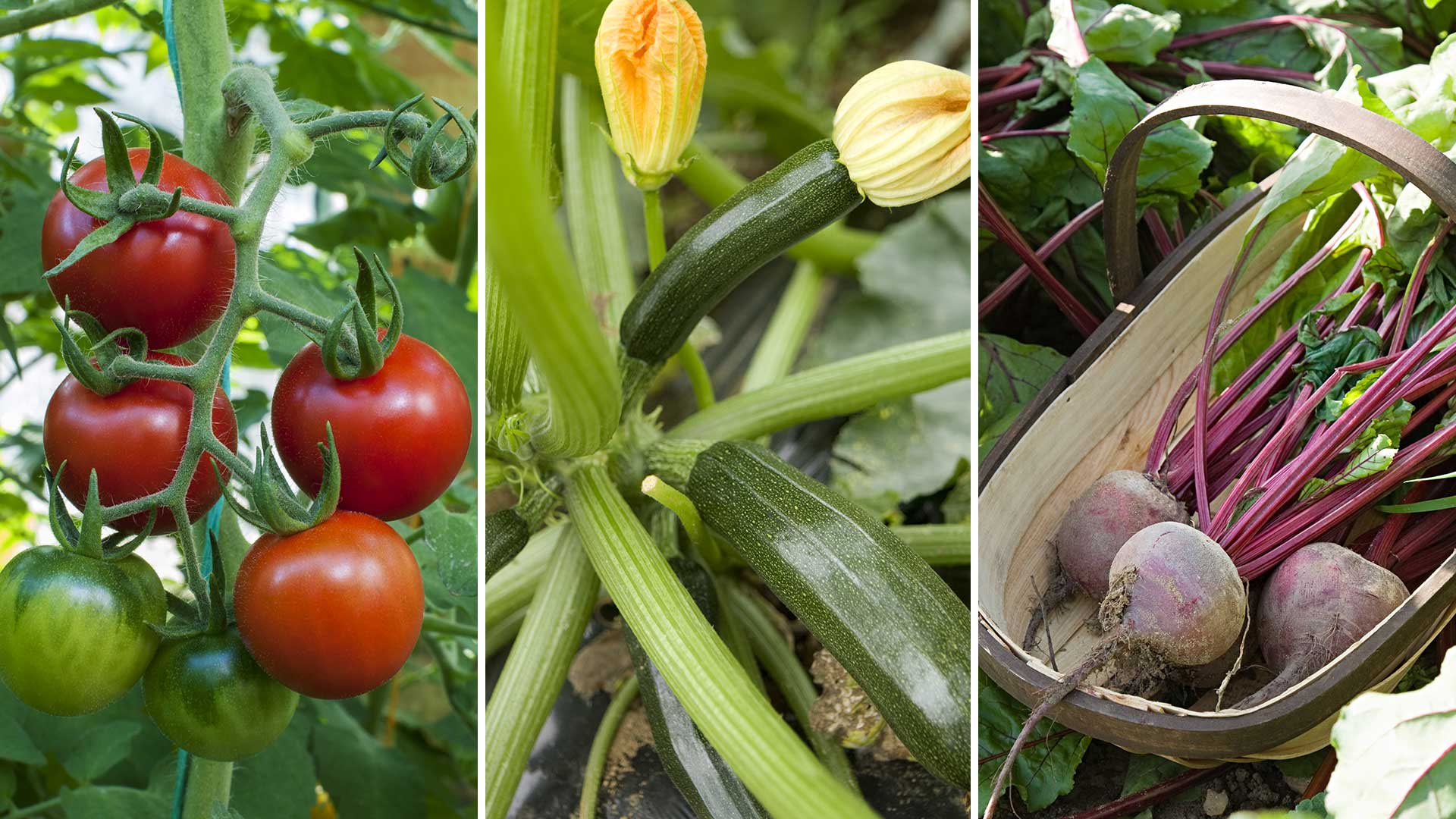 Vegetables to plant in April: 8 crops to start now for a delicious harvest later in the year
Vegetables to plant in April: 8 crops to start now for a delicious harvest later in the yearDiscover which vegetables to plant in April, and top tips for growing success
By Holly Crossley
-
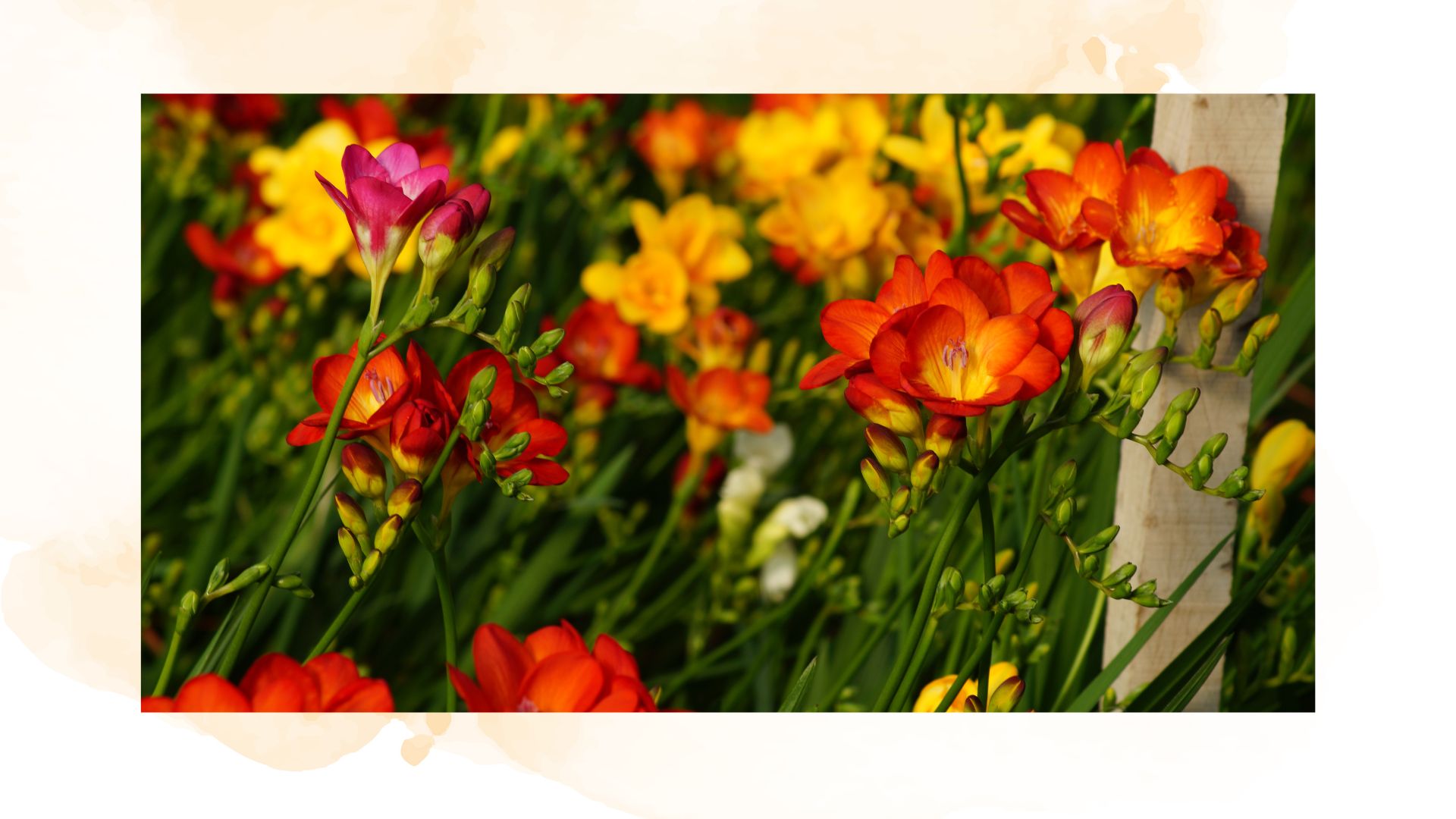 How to plant freesia bulbs: easy steps for colourful summer blooms
How to plant freesia bulbs: easy steps for colourful summer bloomsIf you're looking to add some vivid colour and life to your garden, freesias are the perfect choice
By Emily Smith
-
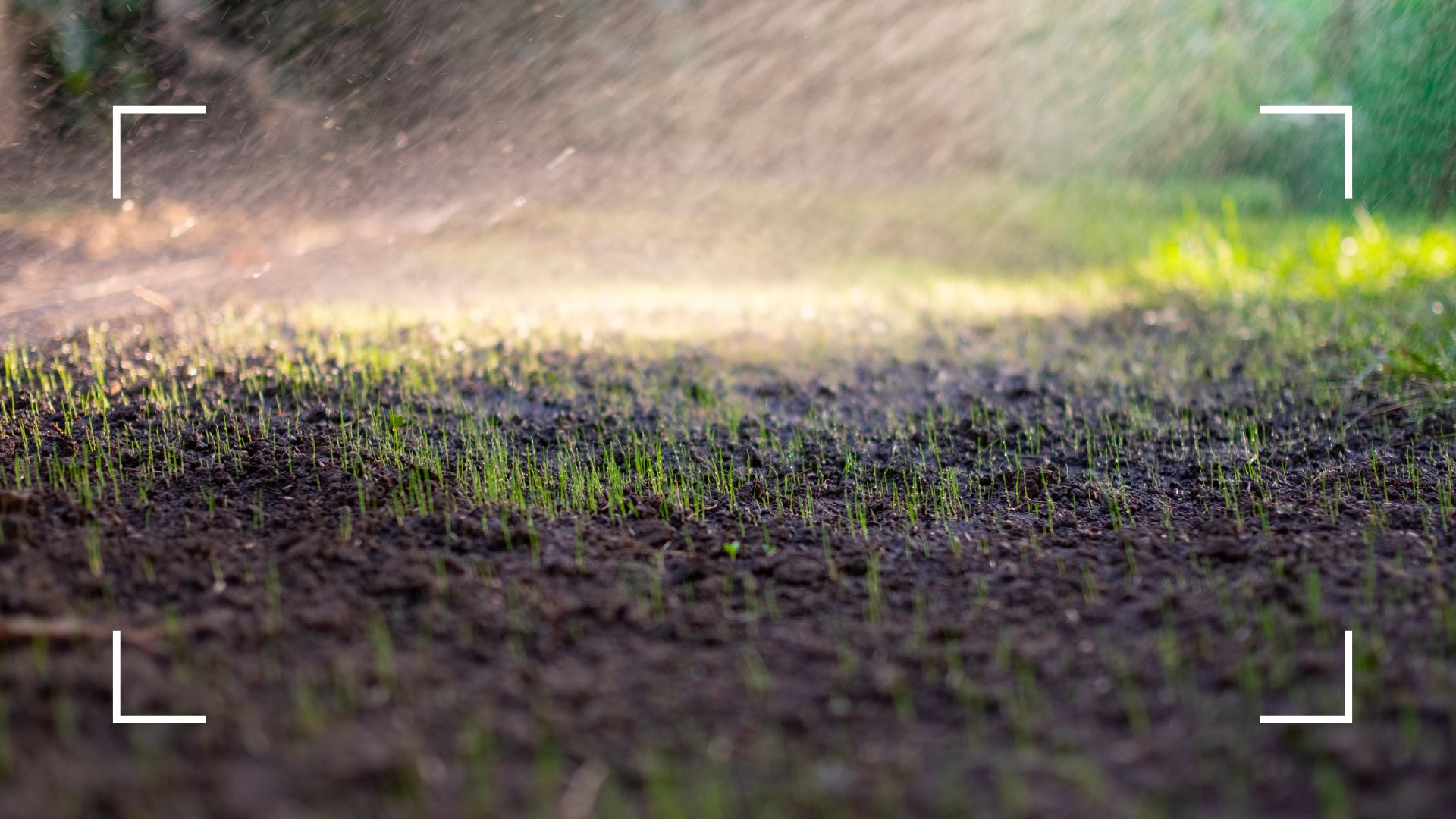 Gardening experts reveal how often you should water grass seed for a luscious lawn this summer
Gardening experts reveal how often you should water grass seed for a luscious lawn this summerWant your lawn to be looking its best by the time summer rolls around? You'll need to make sure you're watering it the perfect amount
By Emily Smith
-
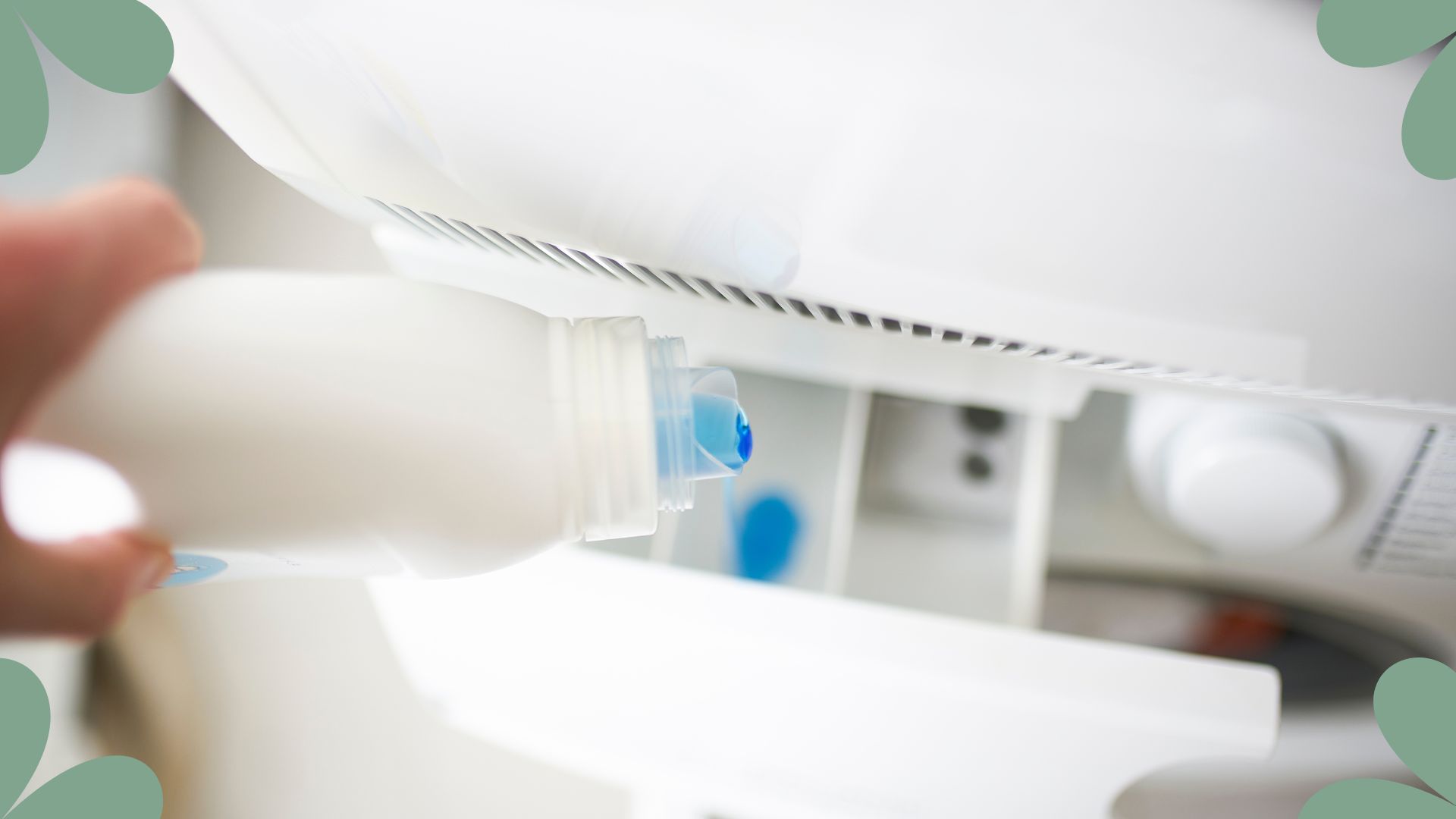 Lynsey Crombie reveals the surprising laundry mistake leaving your clothes smelling 'stale and nasty'
Lynsey Crombie reveals the surprising laundry mistake leaving your clothes smelling 'stale and nasty'Do your clothes smell unpleasant even after you've washed them? It could be your fabric conditioner
By Emily Smith
-
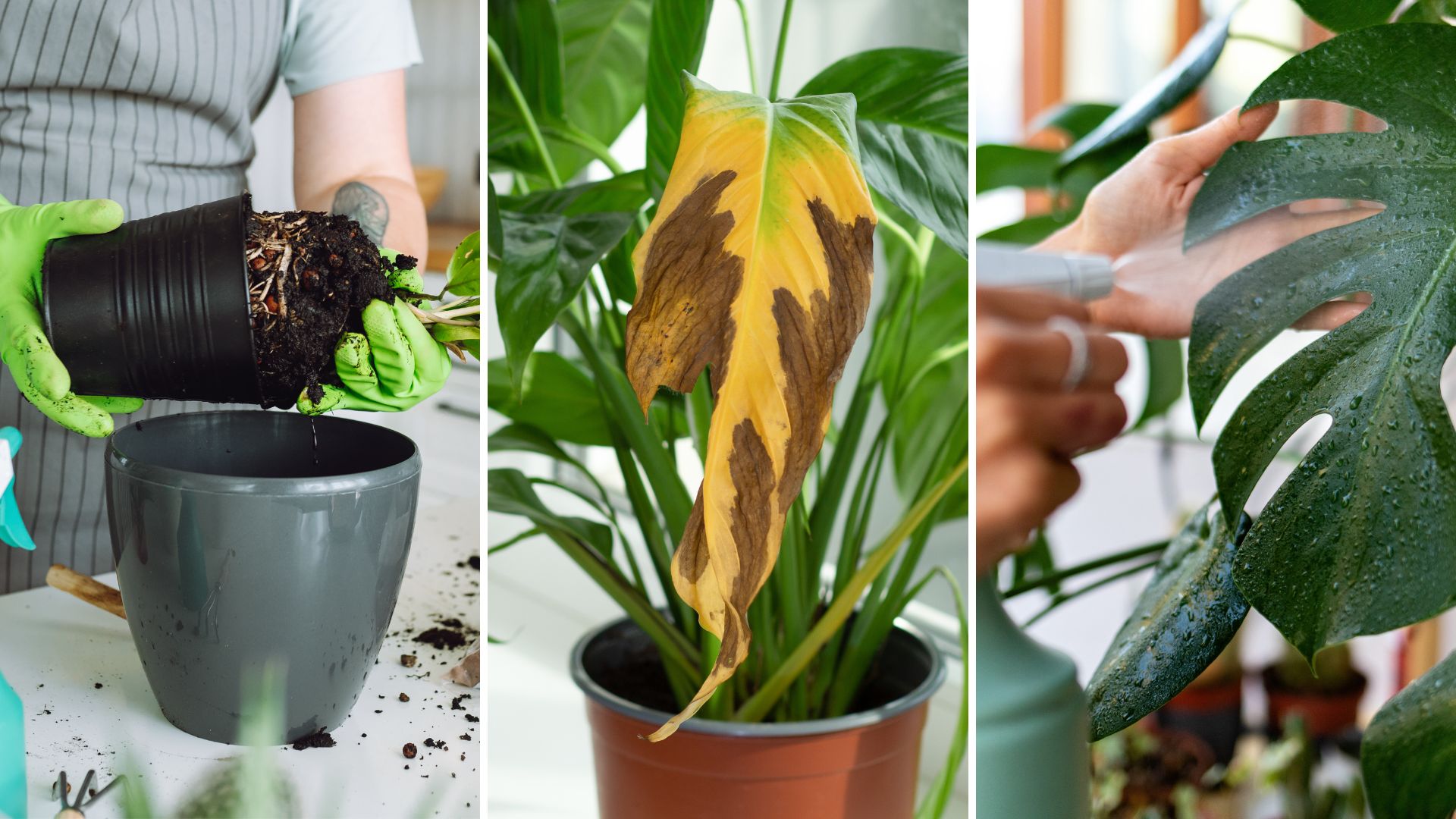 6 common houseplant myths to ignore, warn horticulture experts
6 common houseplant myths to ignore, warn horticulture expertsThese common misconceptions about caring for indoor plants might surprise you – they feel perfectly logical
By Emily Smith
-
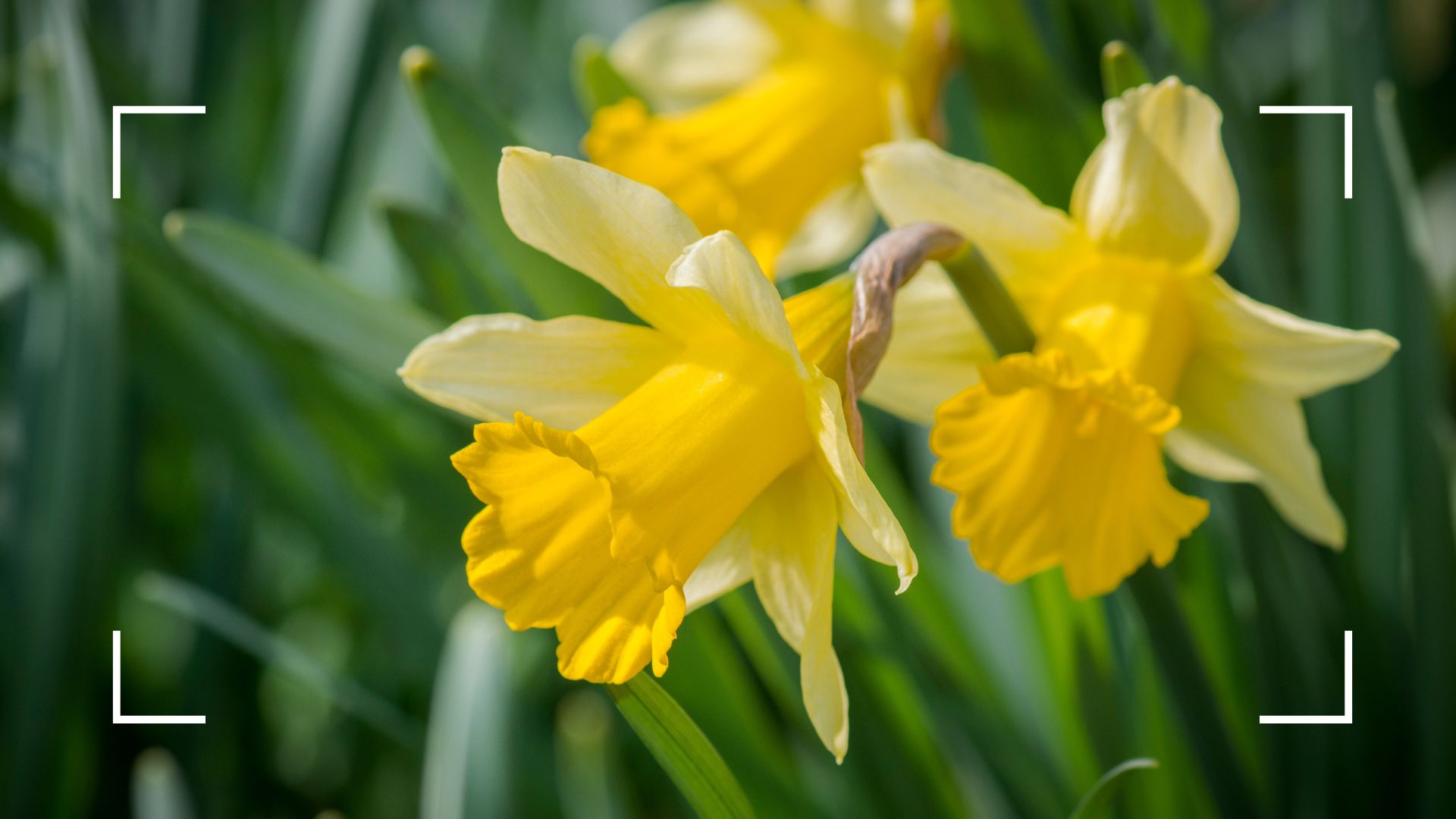 Should you deadhead daffodils? Gardening experts share their advice for longer-lasting blooms
Should you deadhead daffodils? Gardening experts share their advice for longer-lasting bloomsThese butter-yellow flowers are one of the first signs of spring, but should you deadhead or leave them be?
By Emily Smith
-
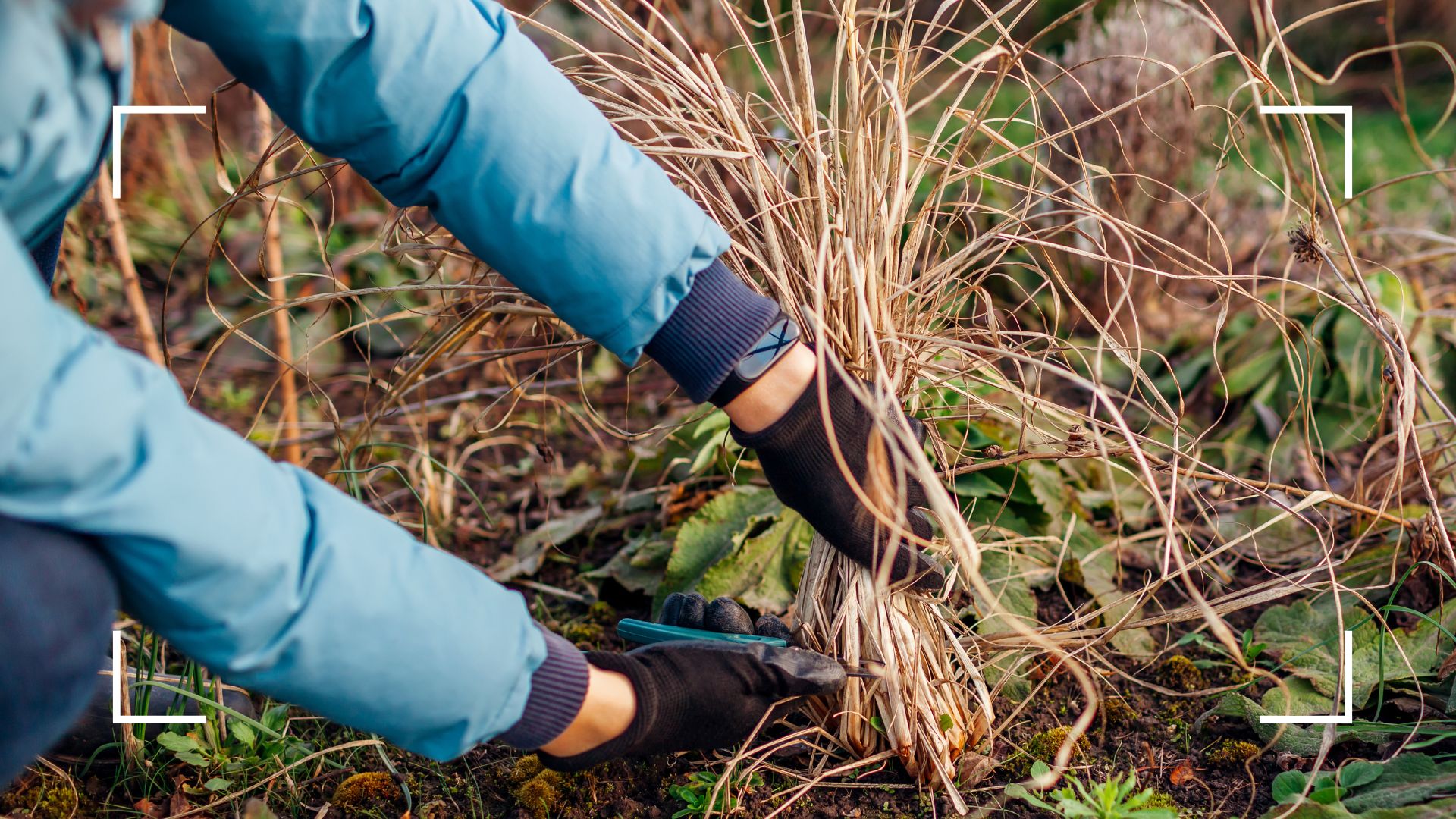 It's time to cut back ornamental grasses, and the expert team at Sarah Raven are here to help
It's time to cut back ornamental grasses, and the expert team at Sarah Raven are here to helpWith spring well and truly here, the team share their top tips to get ornamental grasses ready for new growth
By Emily Smith
-
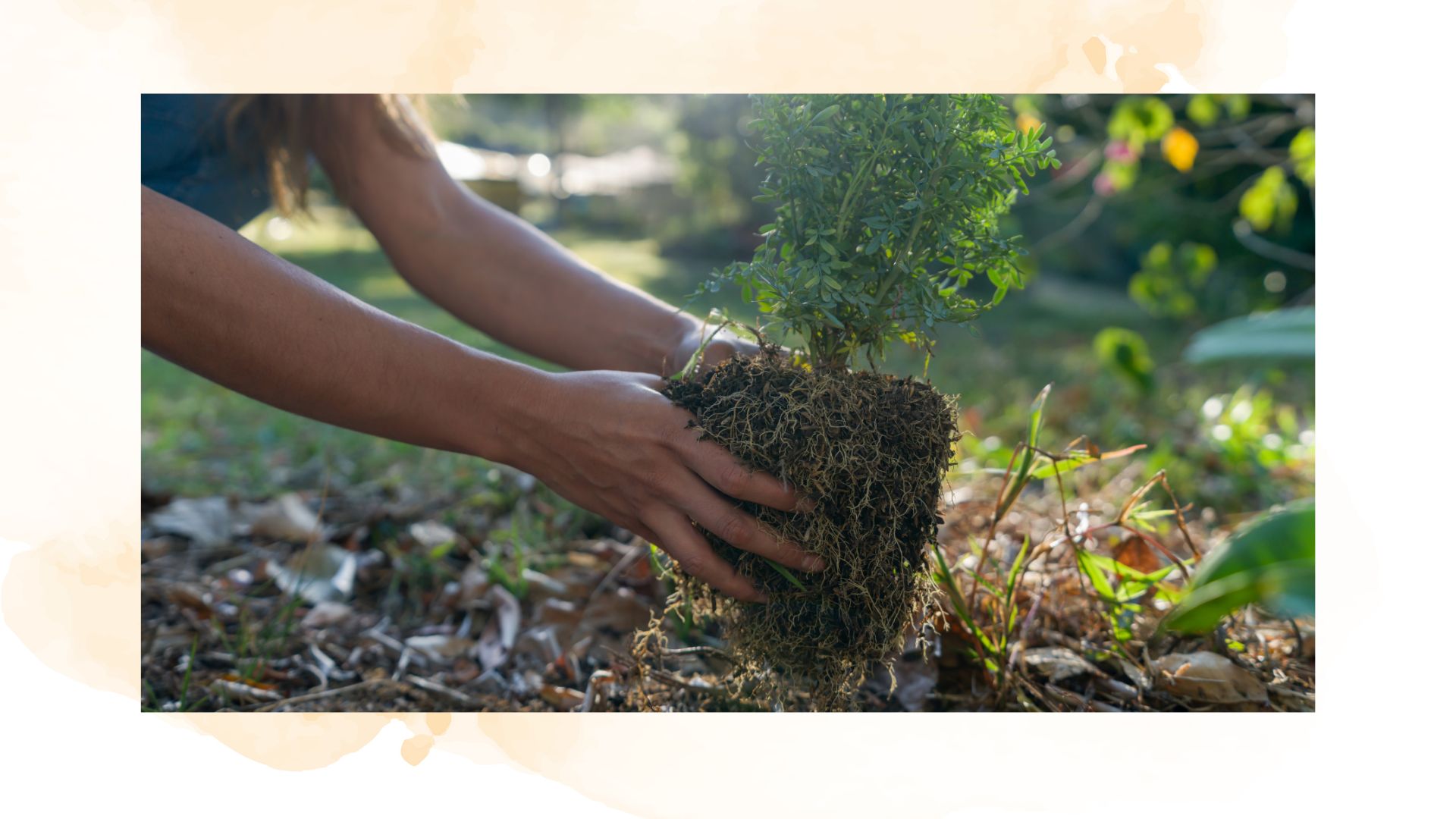 Monty Don's 'genius' planting trick gives outdoor plants the best chance of thriving
Monty Don's 'genius' planting trick gives outdoor plants the best chance of thrivingThis mess-free trick will make planting seamless - and give your plant a great headstart
By Emily Smith
